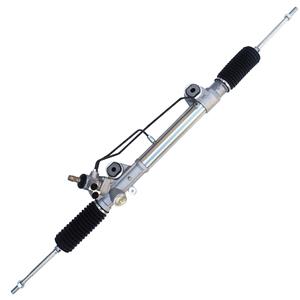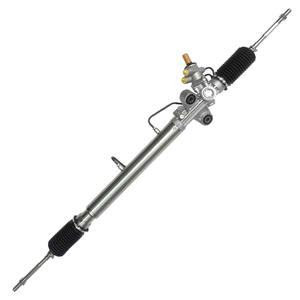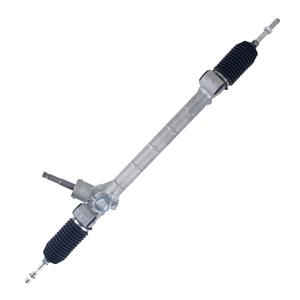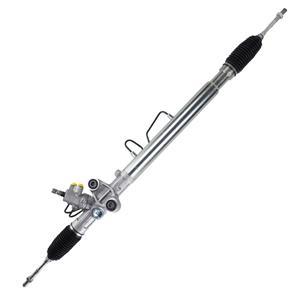-
The manual steering system, also known as the mechanical steering system, is the earliest automotive steering technology. It transmits the rotational motion of the steering wheel to the wheels of the vehicle through a physical connection. The power steering system is developed on the basis of the manual steering system.
-
When the rack and pinion system fails, the vehicle's driving trajectory may be abnormal. For example, the vehicle may deviate from the straight driving trajectory even if the steering wheel is in the neutral position.
-
In the current automotive market, hydraulic power steering systems (HPS) and electronic hydraulic power steering systems (EHPS) are still widely used, and both systems rely on power steering pumps.
-
They are not the same concept. Rack and pinion is a specific mechanical structure responsible for converting the rotation of the steering wheel into the steering of the wheels; while power steering is an auxiliary system designed to reduce the amount of effort required by the driver during steering.
-
HPS racks are more common in large vehicles and some high-performance models that focus on driving experience. These types of vehicles have high requirements for the durability, reliability and steering feel of the steering system, and the HPS system has obvious advantages in this regard.
-
The power steering rack is connected to the steering gear and steering wheel, and is responsible for converting the driver's steering instructions into actual steering actions of the wheels. Traditional mechanical steering requires a lot of force, while the power steering makes steering easier.
-
Hydraulic power steering system is one of the earliest technologies to replace traditional rack and pinion steering systems. The system greatly reduces the force required by the driver to turn the steering wheel through the pressure provided by the hydraulic pump, thereby improving the comfort of control.
-
The hydraulic fluid used in hydraulic power steering systems must have specific properties to ensure smooth operation and long life of the system. Hydraulic fluids are mainly divided into the following types: 1. Mineral Oil 2. Synthetic Hydraulic Fluid 3. Semi-Synthetic Hydraulic Fluid 4. Specialty Hydraulic Fluids
-
Electric power steering system (EPS) is one of the most commonly used steering system types in the world. Unlike traditional hydraulic power steering system, electric power steering system directly provides steering assistance through electric motor.
-
General Motors has used hydraulic power steering technology on many classic models, such as Chevrolet, Cadillac and other brands, but General Motors has gradually applied electric power steering technology to many of its models since around 2010.




